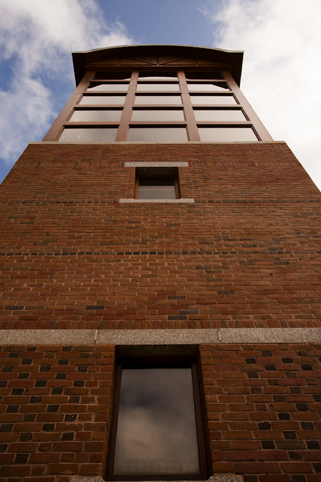Effects of a high-frequency augmented acoustic environment on parvalbumin immunolabeling in the anteroventral cochlear nucleus of DBA/2J and C57BL/6J mice.
Document Type
Article
Publication Date
2010
Keywords
Animals, Calcium, Cochlear-Nucleus, Female, Hearing-Loss-High-Frequency, Male, Mice, Mice-Inbred-C57BL, Mice-Inbred-DBA, Models-Animal, Neurons, Parvalbumins
First Page
36
Last Page
41
JAX Source
Hear Res 2010 Mar; 261(1-2):36-41.
Abstract
Neurons in the anteroventral cochlear nucleus (AVCN) of DBA/2J (D2) and C57BL/6J (B6) mice were immunohistochemically labeled for the calcium binding protein parvalbumin (PV). Prior to this, mice were treated for 12h nightly with a "high-frequency" augmented acoustic environment (HAAE: repetitive bursts of a 70 dB sound pressure level, half-octave noise band centered at 20 kHz). This was done during the period that hearing loss occurs: pre-weaning to 55 days in D2 mice and weaning to 9 months in B6 mice. After HAAE treatment in D2 mice, high-frequency hearing loss was ameliorated and fewer PV-labeled neurons were found in the AVCN compared to untreated controls. HAAE treatment in B6 mice exacerbated high-frequency hearing loss, yet the number of PV-labeled AVCN neurons in treated mice did not differ significantly from that of control mice. The findings suggest that HAAE treatment provides relief from physiological stress caused by deprivation of auditory input from the impaired cochlea.
Recommended Citation
Willott JF,
Vandenbosche J,
Shimizu T.
Effects of a high-frequency augmented acoustic environment on parvalbumin immunolabeling in the anteroventral cochlear nucleus of DBA/2J and C57BL/6J mice. Hear Res 2010 Mar; 261(1-2):36-41.


